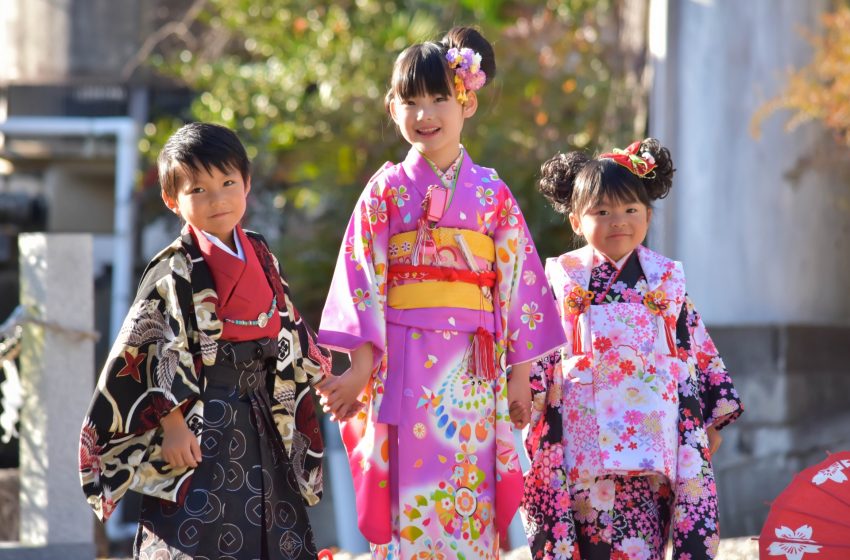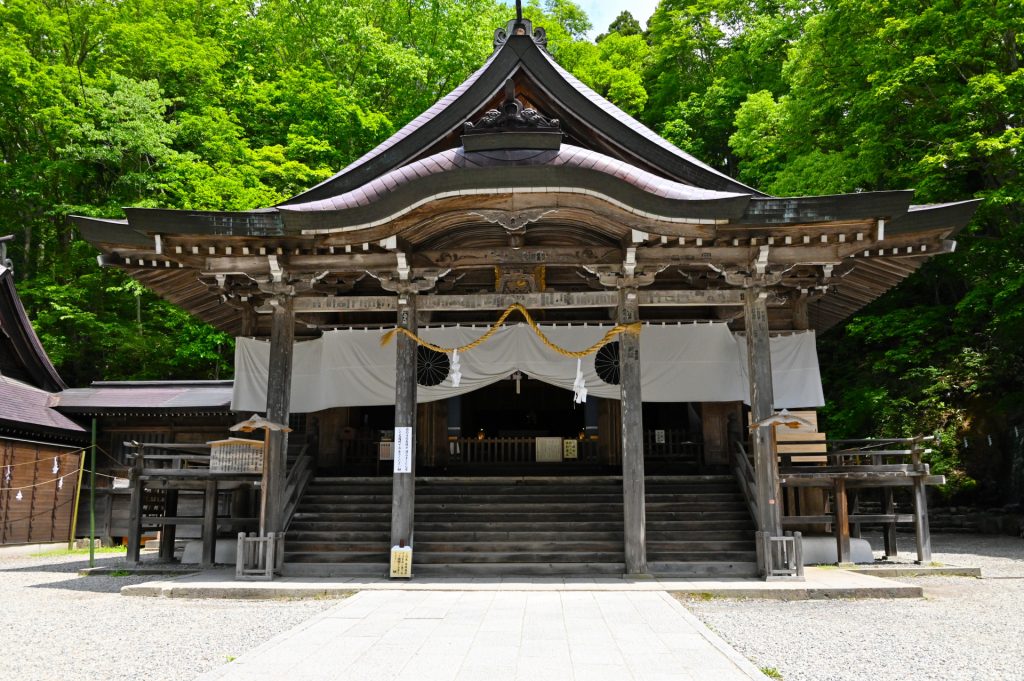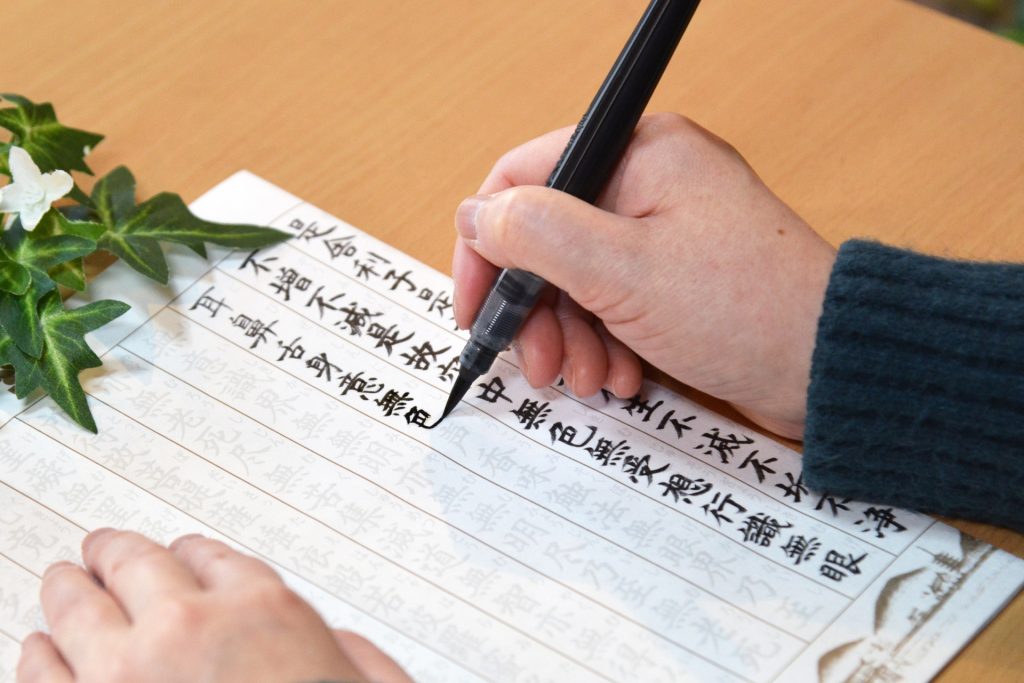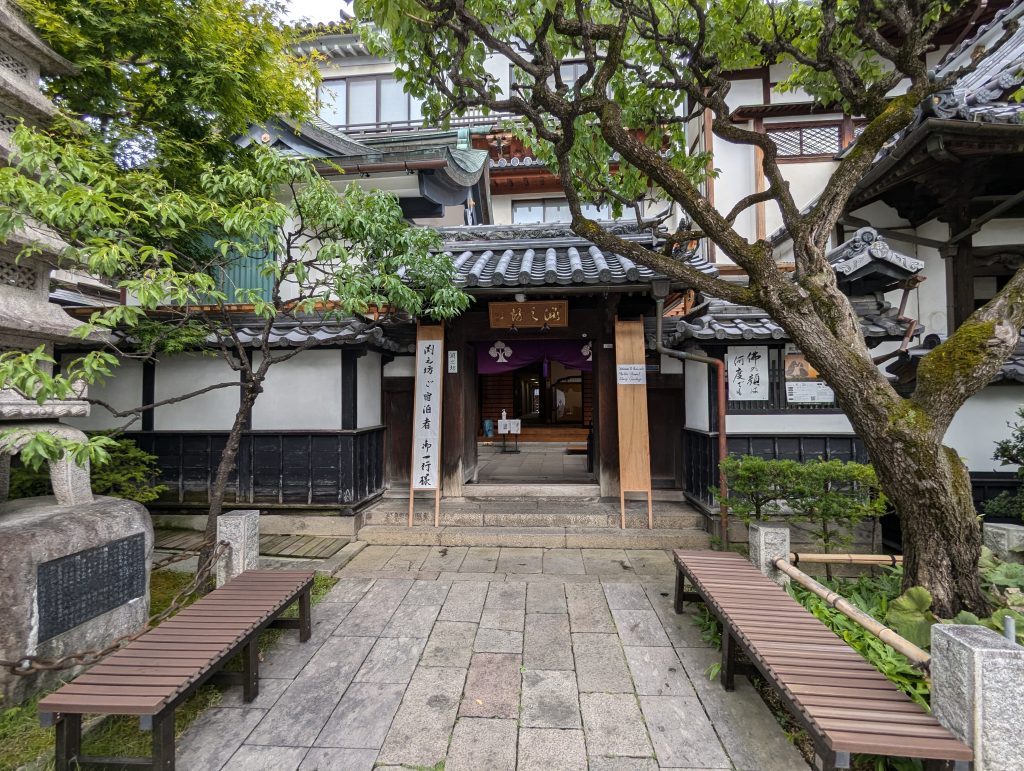
Shichigosan: A Celebration of Growth and Well-being in Japan
Hello, cultural explorers! While cherry blossoms and ancient temples might first come to mind when picturing Japan, the Land of the Rising Sun is also home to an array of beautiful traditions. Today, let’s delve into one of the most heartwarming of them all: Shichigosan (七五三).
Shichigosan at a Glance
Shichigosan, which translates to “Seven-Five-Three,” is a traditional rite of passage and a festival day in Japan. It celebrates the growth and well-being of children, specifically girls aged three and seven and boys aged three and five.
The Significance of the Numbers
Each age holds symbolic significance in Japanese culture:
- Three (三): Known as ‘Miyamairi,’ both boys and girls at this age are taken to a Shinto shrine to mark their growth. It also signifies the age by which children traditionally start growing their hair out.
- Five (五): For boys, turning five (referred to as ‘Hakamagi’) is marked by wearing hakama (traditional trousers) for the first time, often during visits to shrines.
- Seven (七): Girls, when they reach the age of seven, celebrate ‘Obitoki.’ It’s the age they transition from wearing simple ties to the traditional obi belt with their kimono.
The Celebrations
Families dressed in traditional kimonos visit local shrines to pray for the health and future prosperity of their children. After paying their respects, it’s customary to buy ‘Chitose Ame’ – long, thin, red and white candies. These colors symbolize health and longevity, and the candy’s elongated shape represents a wish for a long life.
Modern-day Shichigosan
While the roots of Shichigosan lie deep in tradition, modern celebrations have evolved. Not all families might don kimonos; contemporary clothing is common too. Many opt for professional photo sessions to commemorate the day, capturing their children’s innocence and the family’s joy.
Joining the Festivities
If you happen to visit Japan during November, particularly around the 15th, you’ll witness many families partaking in Shichigosan. Here’s how you can respectfully observe or even participate:
- Visit a Shrine: Shrines like Meiji Jingu in Tokyo or Heian Jingu in Kyoto see many families during this time.
- Purchase Chitose Ame: Available at many shrine precincts during the season, it makes for a sweet reminder of the celebration.
- Appreciate the Kimonos: If you see families dressed up, it’s an opportunity to appreciate the intricate art of the Japanese kimono. Remember to be respectful and ask before taking photos.
In Conclusion
Shichigosan serves as a poignant reminder of Japan’s dedication to celebrating life’s milestones, cherishing growth, and acknowledging the fleeting nature of childhood. As you traverse Japan’s vast cultural landscape, let the joyous laughter of Shichigosan guide you to the nation’s heart and soul.
Safe travels, and may your journey through Japan be as enriching as the tales of old and new that weave its tapestry!




